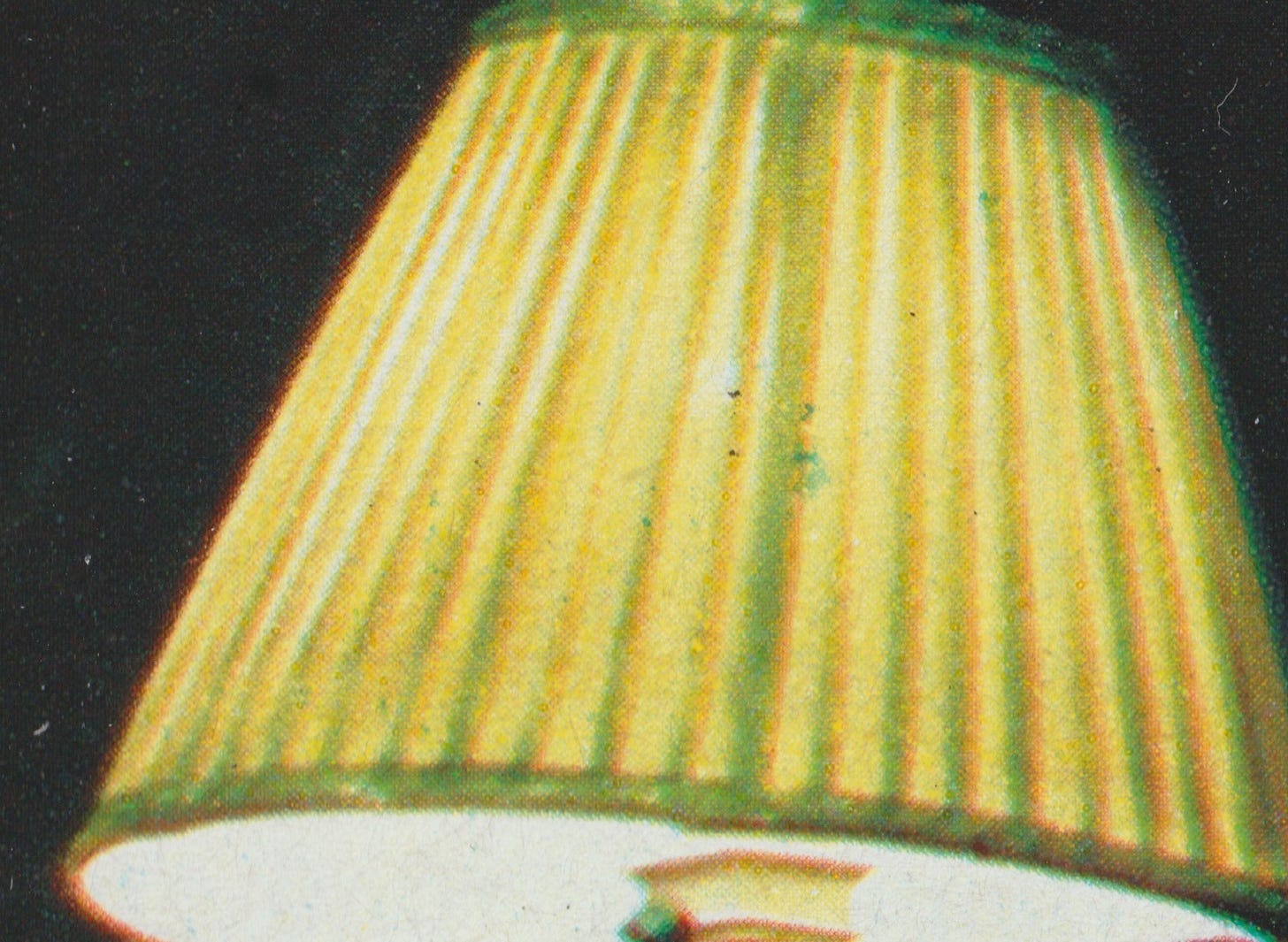Create, create, create, create then edit
Picks from the bins of the global village
Greetings carbon-based lifeform,
There’s a method I noticed throughout the arts when makers talk about their craft. Creating then editing. These are 7 examples from various all fields. Because they might talk about writing, but it just as well applies to design, collage, or animation.
“I write as much as I can, and I go go go go, and then I shove it in the drawer and I don’t look at it for a long time.” Anthony Bourdain discusses his writing routine: how he starts in the morning and writes himself out of corners throughout the day when he is not writing.
Philosopher Slavoj Žižek has to cheat himself into writing because “it’s psychologically impossible” for him to do so otherwise. His approach is to take long notes first (since that’s not traditional writing!). Then it’s just a matter of editing notes. Skipped writing altogether!
“First, I have to be the artist, experimenting and not caring about whether an idea holds promise. I can’t strategize my way to something new, because I’m limited to what I already know. To discover something fresh, I have to get my hands dirty and trust that a subconscious twist or an honest mistake allows for a surprising turn into new territory.” Illustrator Christoph Niemann on how he comes up with visual ideas that feel new to him. And what it’s like to be an artist today.
More Niemann here!“I have two phases, there is the free-play, creative phase. And then there is the polish and construction phase. And I love to spend an inordinate amounts of time refining and perfecting every single word of it until it has this pleasing flow to my ear. Then it becomes something I can’t wait to say.” Comedian Jerry Seinfeld on writing stand-up comedy. The whole podcast episode is a conversation on his craft, so there are more gems in it.
Here’s one more: “The key to being a good writer is to treat yourself like a baby; extremely nurturing and loving. And then switch over and just be a harsh, prick, ball-busting son of a bitch about ’that is just not good enough’.”“…the way that I handle things is I jump in there and I try to make as many mistakes as possible. And I know I’m just gonna completely screw this up because what I wanna do is I want myself in a position where I’m not creating but editing. I think, creating is very difficult to do but editing is really easy to do.” Comic book artist Brian Stelfreeze talks about his variation of the create-then-edit technique. Again, it sounds like a trick of the mind: editing carries less weight so it’s a better way of creating. Less pressure.
“I don’t think too much about whether it all hangs together. I just write things that engage me […] When I read through the essays, I’ll keep the ones that I do still think are good and then I’ll think of what sort of order they might go in. The writing of the book, in a way, is putting them in an order.” Psychotherapist Adam Phillips on how he compiles a book of essays. In the interview, he also talks about how he writes the essays in the first place. Sounds like a completely free-flowing exercise, where editing really only comes in at the end as he picks the best-of’s for a book. Here’s more on that.
This whole book about makers making art by Adam Moss. As an intro, here’s the author, bringing examples from the book from a variety of fields.
“I used to very harshly edit and judge every part of the process, of what I was doing. Every word I wrote down, every melody. I would really edit along the way. And I stopped editing myself until later. I let all the garbage come out. Once you’re not worried about whether anybody’s going to like it or not. Then it all comes out. Then you go through the process of crafting and picking and choosing.” — The National singer and songwriter, Matt Berninger.
“Don’t try to create and analyse at the same time. They’re different processes.” - Corita Kent’s Rule #8
“The intellect is a great danger to creativity. Terrible danger because you begin to rationalize and make up reasons for things, instead of staying with your own basic truth. Who you are, what you are, what you want to be. The worst thing you do when you think is lie. You can make up reasons that are not true for the things that you did. And what your trying to do as a creative person is surprise yourself, find out who you really are and try not to lie. Try to tell the truth, all the time.” - Ray Bradbury, author
“Create like a child and edit like a scientist. That right there has solved so many things.” - Tyler, The Creator, musician
Every once in a while, the things I find form a group and make a cohesive bundle of picks like this one above. Previous cohorts included David Foster Wallace and 20th century logos.
Until another Friday soon,
Gergo


